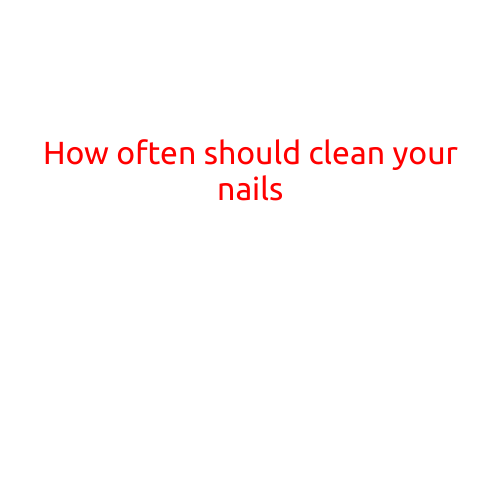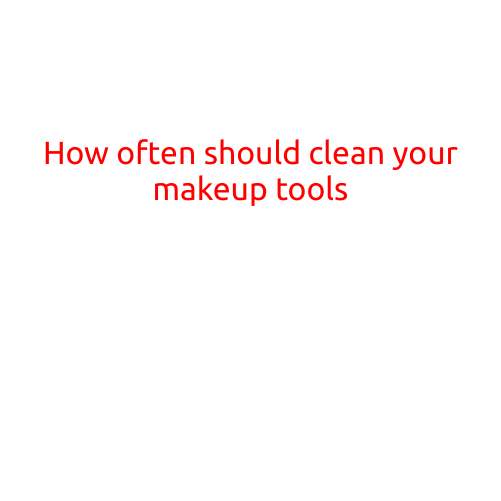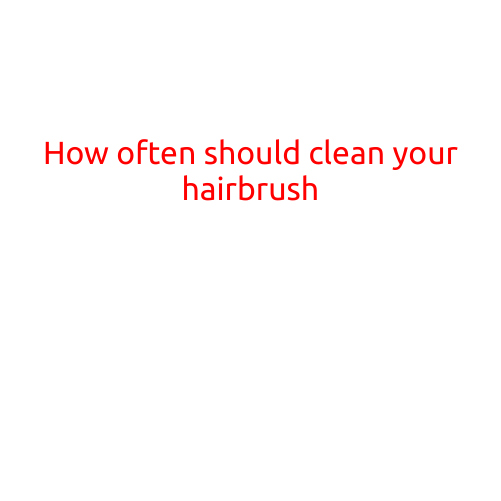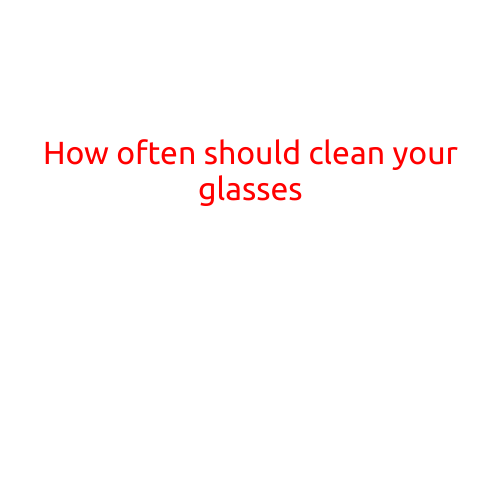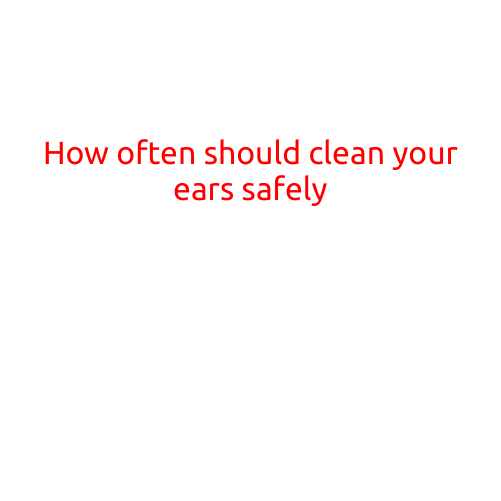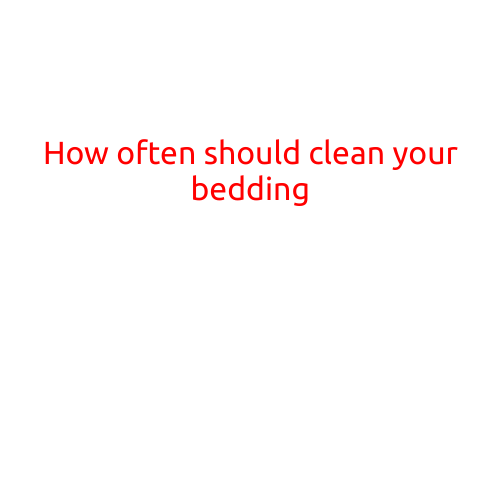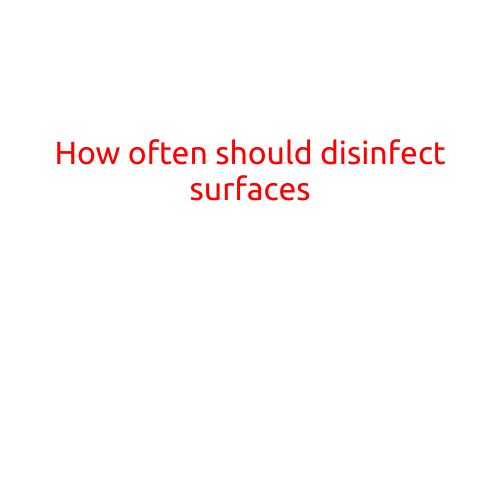
How Often Should You Disinfect Surfaces?
In today’s world, cleanliness and hygiene are more important than ever. With the constant threat of germs and viruses lurking around every corner, it’s essential to disinfect surfaces regularly to prevent the spread of illnesses. But how often should you disinfect surfaces?
The Importance of Disinfection
Disinfection is the process of killing or inactivating microorganisms, such as bacteria, viruses, and fungi, on surfaces. In addition to preventing the spread of illnesses, disinfection also helps to:
- Reduce the risk of hospital-acquired infections (HAIs)
- Prevent the spread of diseases like COVID-19, flu, and norovirus
- Keep surfaces clean and free of dirt, grime, and allergens
When to Disinfect
So, when should you disinfect surfaces? The frequency of disinfection depends on various factors, including:
- Frequency of use: High-traffic areas, such as bathrooms, kitchens, and door handles, should be disinfected more frequently than low-traffic areas, like bedrooms.
- Type of surface: Hard surfaces, like countertops, sinks, and faucets, require more frequent disinfection than soft surfaces, like carpets and upholstery.
- Illness prevalence: During flu season or when there is an outbreak of illness in your community, it’s essential to disinfect surfaces more frequently.
Recommended Disinfection Frequencies
Here are some general guidelines for disinfecting surfaces:
- High-touch areas: 2-3 times per day (e.g., door handles, light switches, remotes, and countertops)
- Bathroom surfaces: After each use (e.g., toilet seats, sink basins, shower walls)
- Kitchen surfaces: After each meal preparation (e.g., countertops, sink, and stove)
- Floors: Daily, or more frequently in high-traffic areas
- Mattresses and pillows: Weekly
- Upholstered furniture: Every 2-3 weeks
Additional Tips
While frequency is important, it’s also crucial to use the right disinfectant and follow proper protocols for application and drying. Here are some additional tips:
- Always read and follow the label instructions for the disinfectant you’re using.
- Wear gloves and work in a well-ventilated area to avoid exposure to harsh chemicals.
- Allow the disinfectant to sit on the surface for the recommended amount of time before wiping or cleaning.
- Dry the surface thoroughly after disinfecting to prevent water spots and bacterial growth.
Conclusion
In conclusion, disinfecting surfaces regularly is crucial for preventing the spread of illnesses and keeping your home or workspace clean and hygienic. By following the recommended frequencies and tips outlined above, you can help keep your surfaces clean and safe. Remember, disinfection is an important part of a comprehensive cleaning routine, and should be done in conjunction with other cleaning tasks, such as vacuuming, mopping, and dusting.
